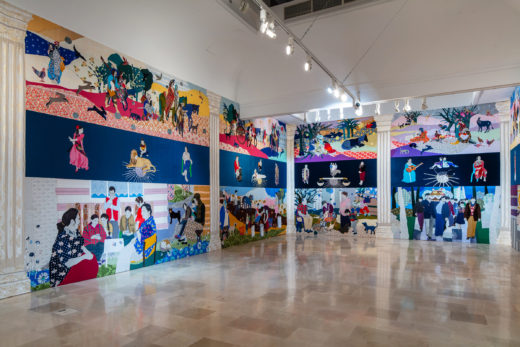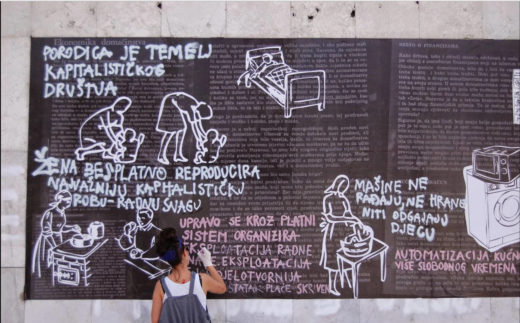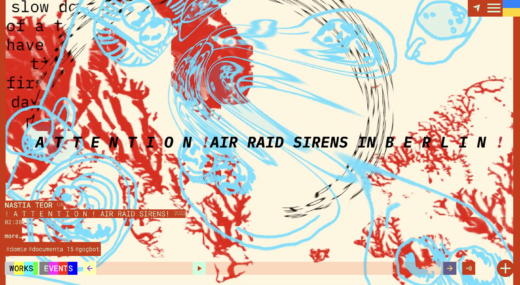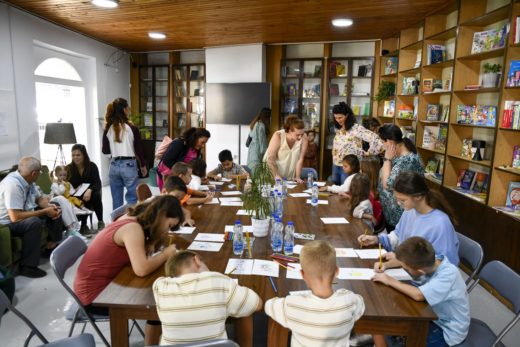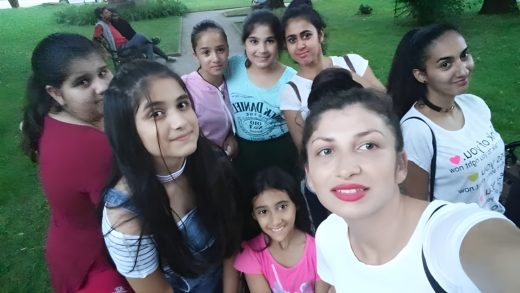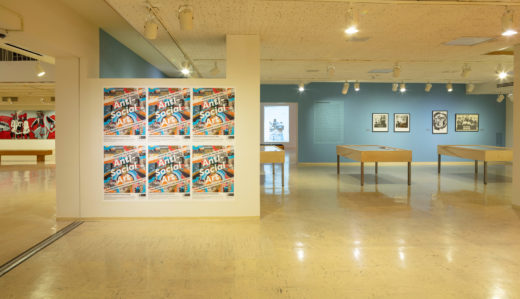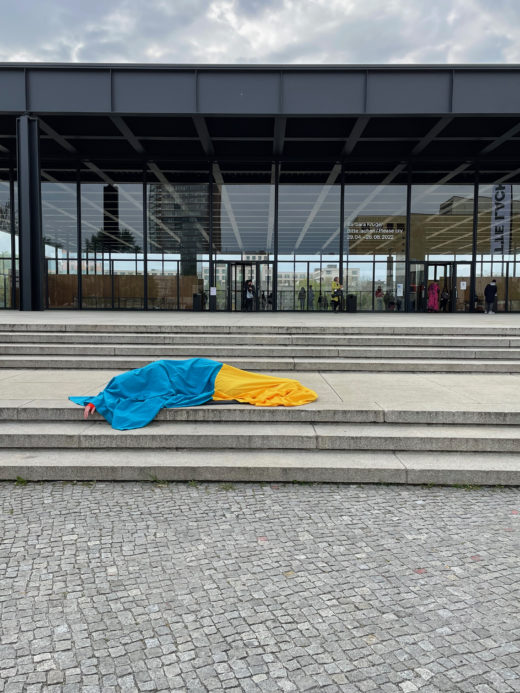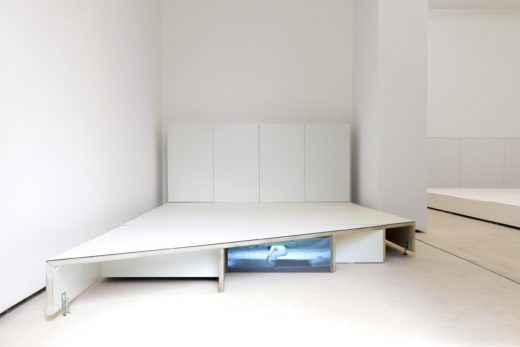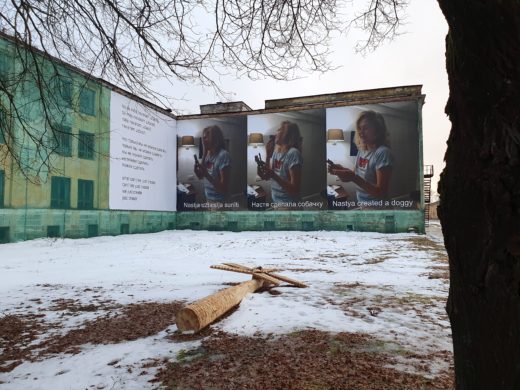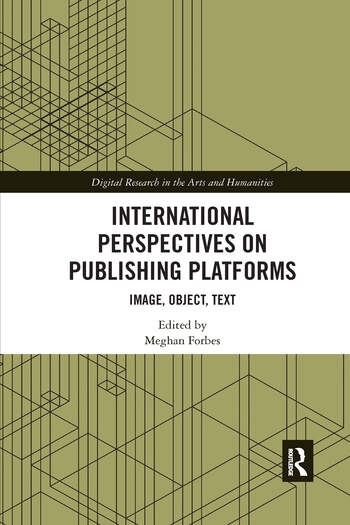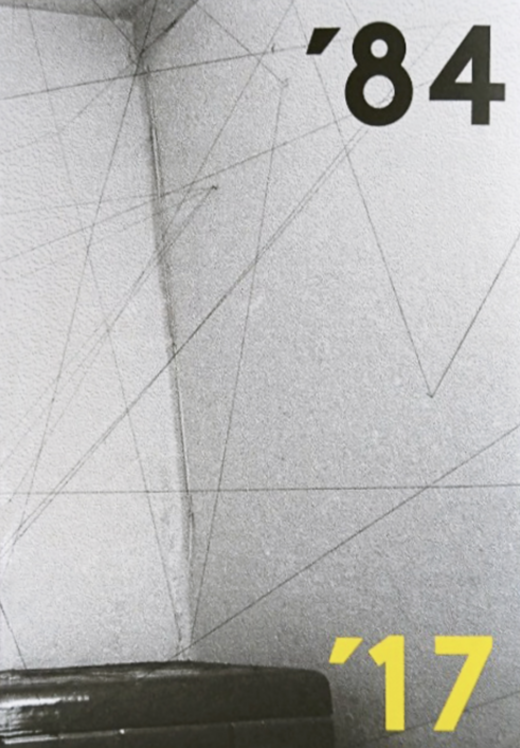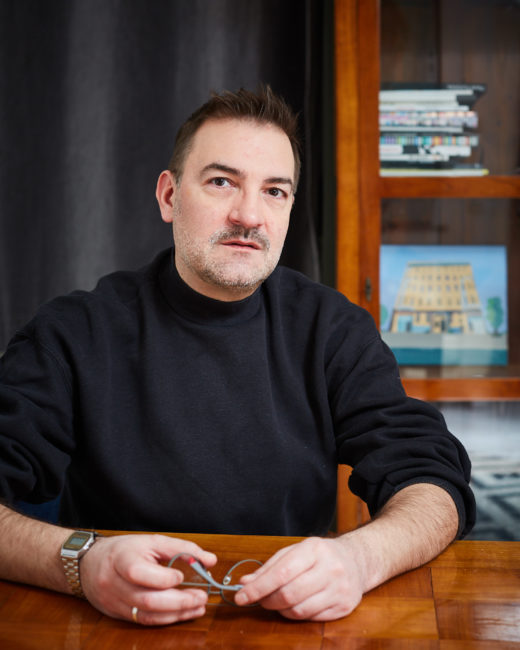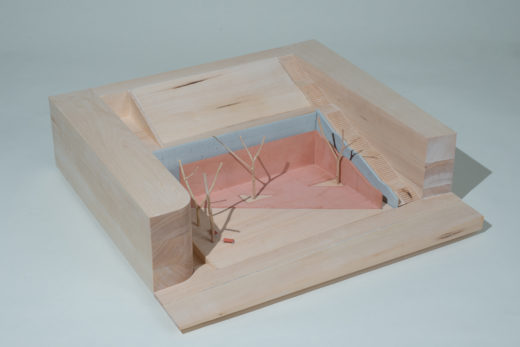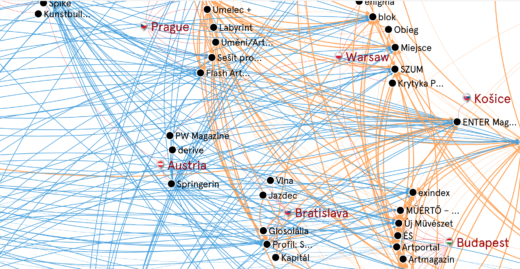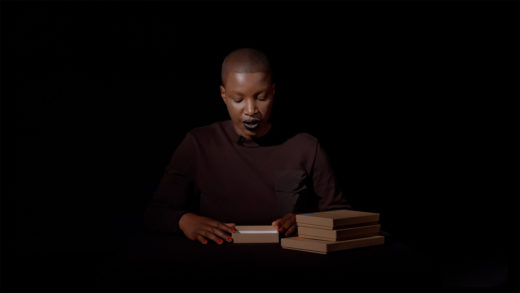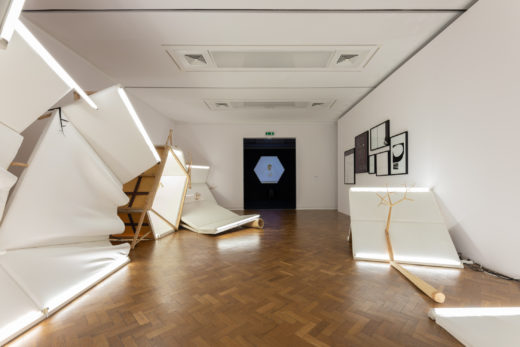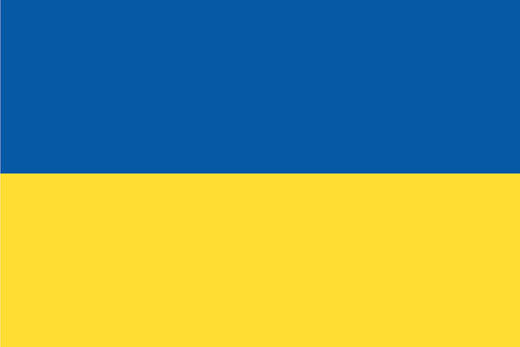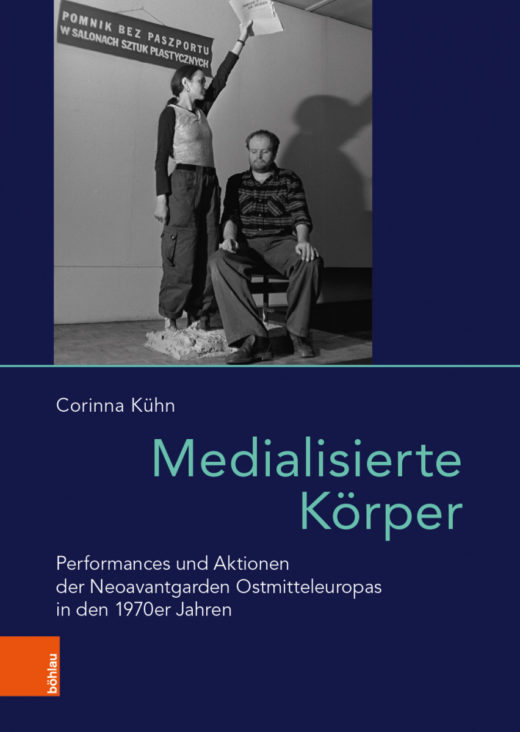Investigating Intimacy: Adina Pintilie’s project for the Romanian Pavilion
At the 59th edition of the Venice Biennale, Romania is represented by the artist and filmmaker Adina Pintilie with the project You Are Another Me—A Cathedral of the Body. Curated by Cosmin Costinaș and Viktor Neumann, the project consists of a multi-channel video installation at the Romanian Pavilion, and a virtual-reality extension hosted by the New Gallery of the Romanian Institute for Culture and Humanistic Research.
Through the representation of intimacy and sexuality, the artist confronts and overcomes the concept of the normative, standardized, and performative body, while investigating its relationship with current conversations on gender … Read more


